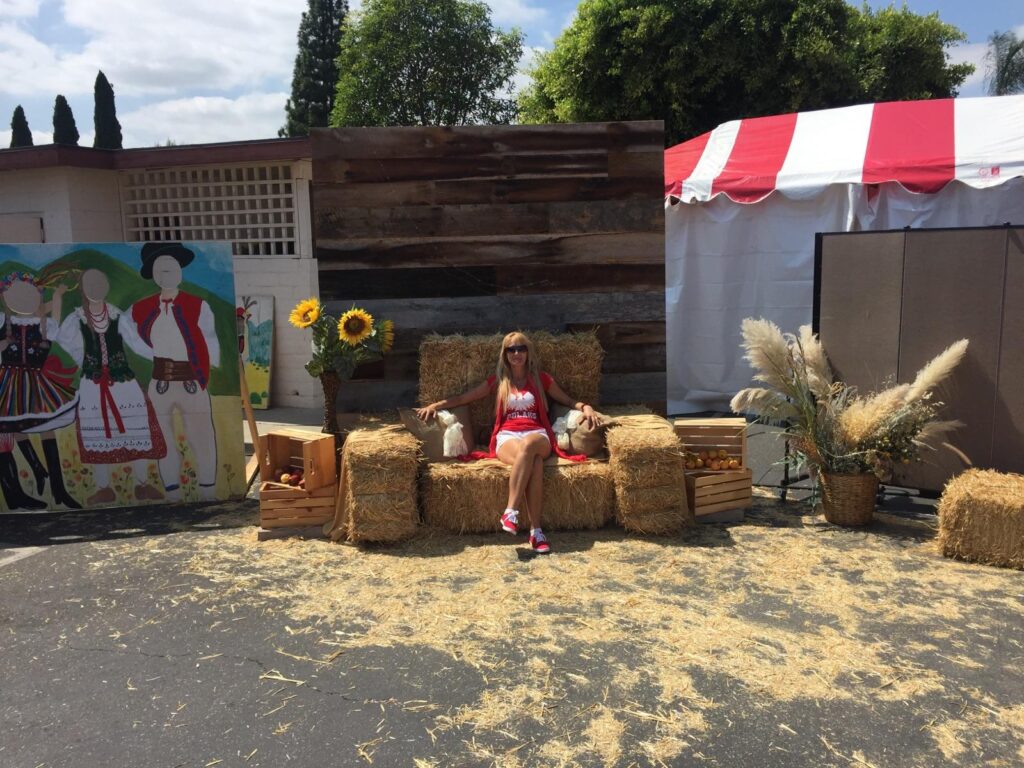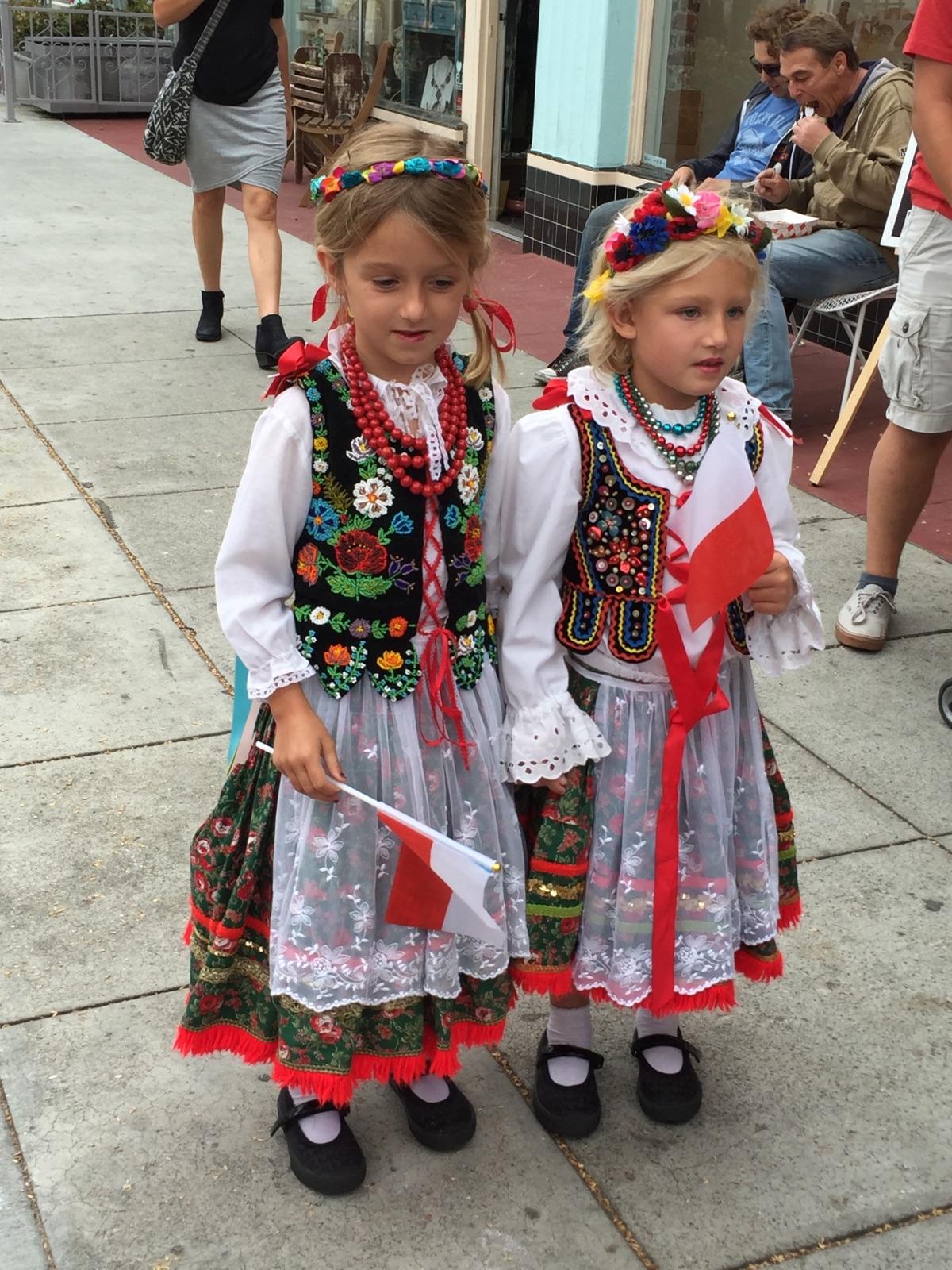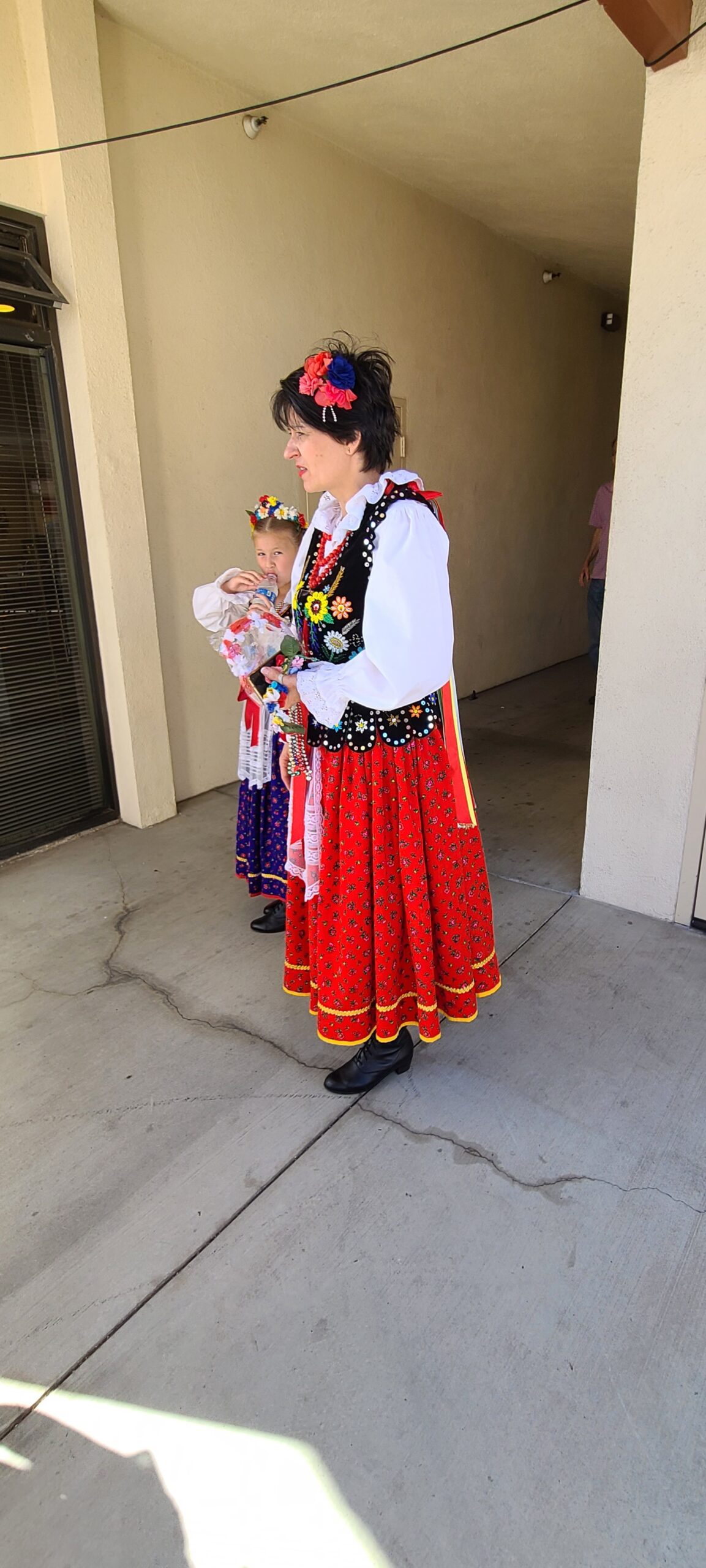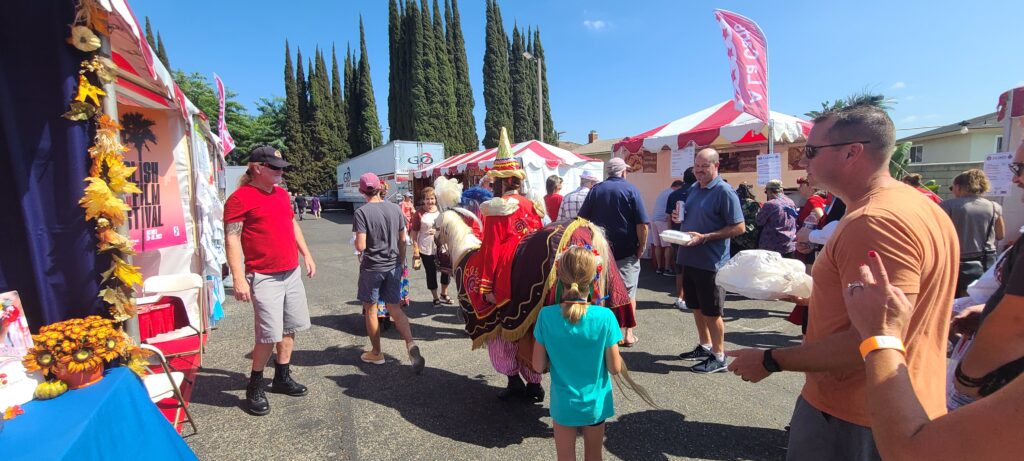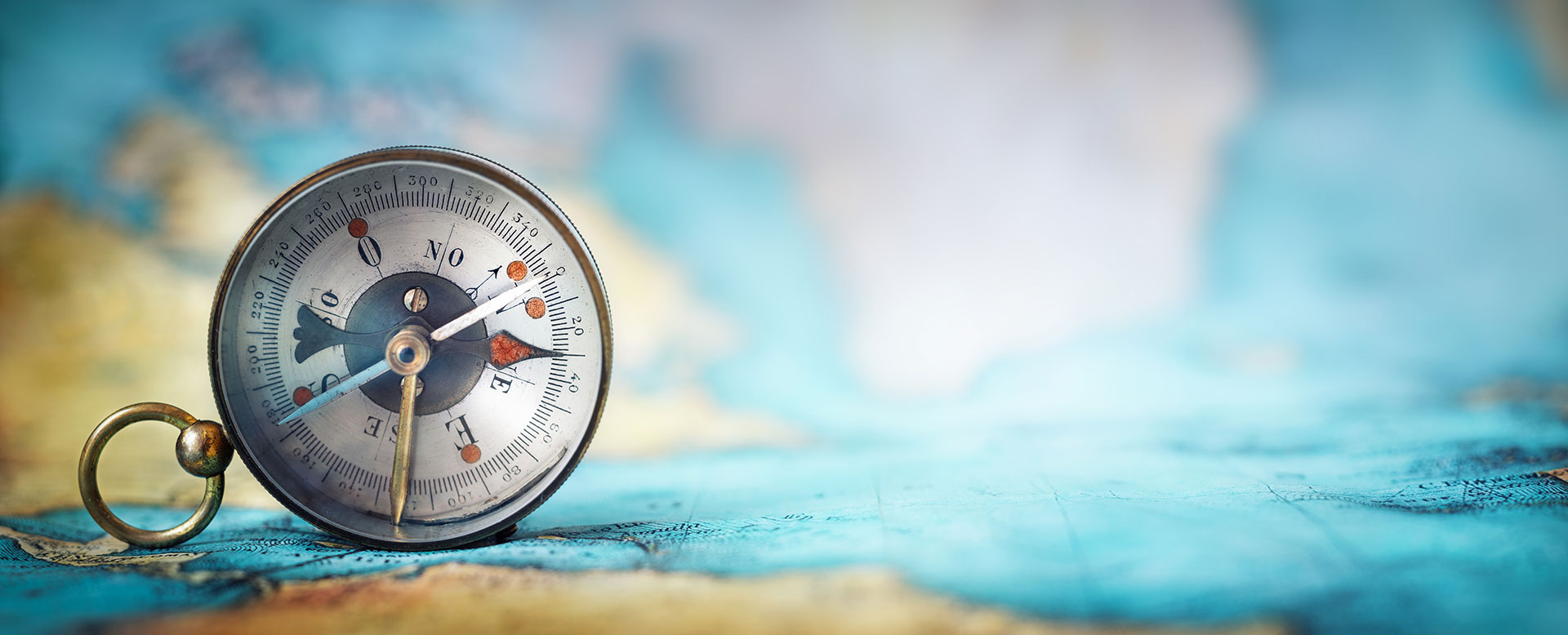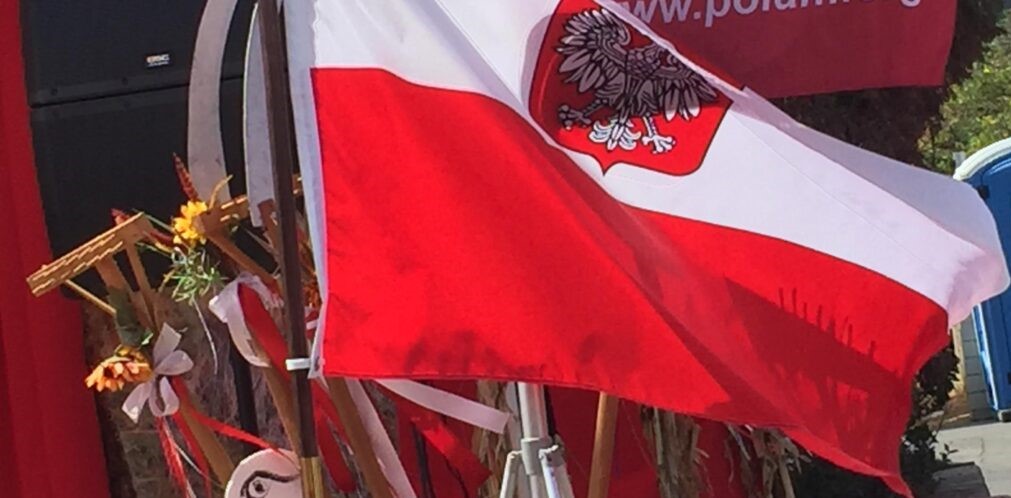
November 11, 2022
November 11 – Polish Independence Day
November 11 is, above all, the day of independence for Poland and Poles. It is a public holiday that was established on April 23, 1937 to commemorate that it was on this day, November 11, 1918, after 123 years of captivity and partitions, Poland again became a free, united and existing country on the map of Europe and the world.
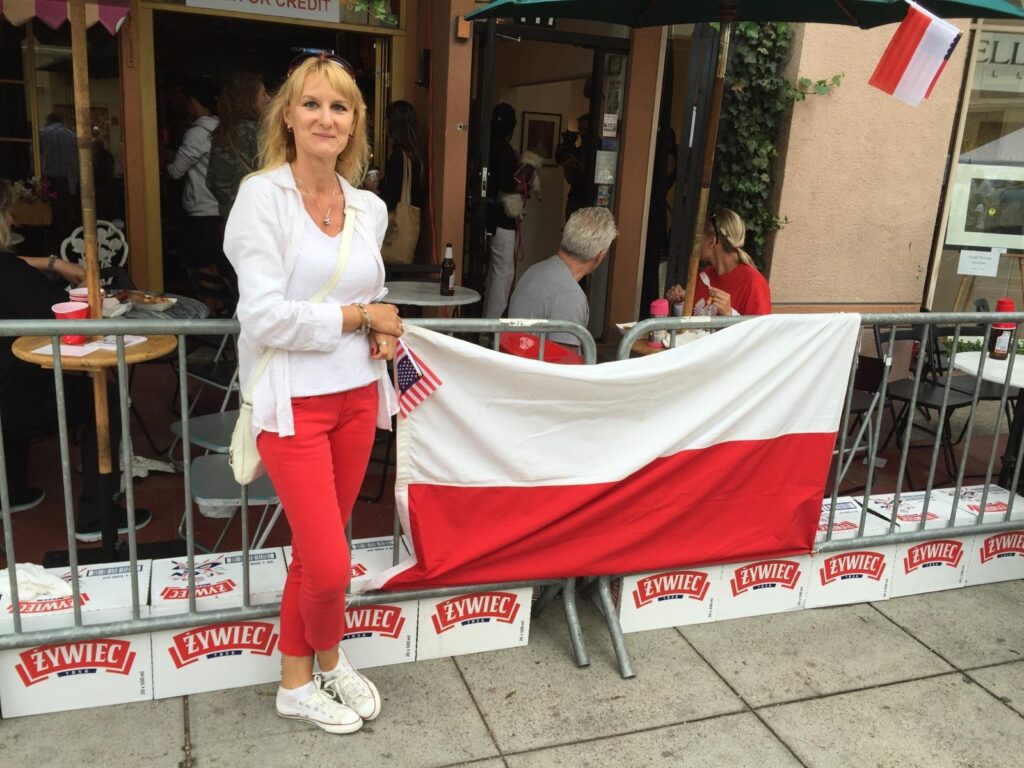
World War I
November 11 is also the end of World War I (1914-1918), the first armed conflict of this scale. The pretext for its outbreak was the attempt on the Austrian heir to the throne, Archduke Franz Ferdinand in Sarajevo on June 28, 1914, after which Austria-Hungary declared war on Serbia on July 28. In response to the mobilization of the Russian army, Germany declared war on Russia on August 1 and on its ally, France, on August 3.
The First World War lasted over 4 years, took place mostly on land on many fronts and brought unimaginable human suffering and material losses. An estimated 10 million soldiers were killed and 20 million injured, and about six million civilians died as a result. 33 countries took part in the conflict.
The exhaustion of mobilization reserves of the countries participating in the conflict prompted their joint command to look for the possibility of recruiting soldiers in the occupied Kingdom of Poland. The price was to create a Polish state under German tutelage. For 123 years, under someone else’s rule, Poland was not on the maps and there was a great hope of returning to the borders from 1772. A chance for independence has opened up for Poland. On January 14, 1917, the Provisional Council of State headed by Wincenty Niemojowski was established in Warsaw. The Military Commission was headed by Józef Piłsudski. He proposed to the Council to transform the previously established Polish Military Organization into a mobilization apparatus of the Polish army, therefore the Polish Legions began to emerge. On the other hand, in Russia, as a result of the February Revolution, opportunities for Poles to act in this area were opened. Various political, protective and even scientific organizations began to emerge. Efforts to create separate branches of the Polish army began. In April 1917, the Polish Rifle Division was established under the command of T. Bylewski. In Petrograd, in June 1917, the General Congress of Polish Military was convened, during which the Supreme Polish Military Committee was elected and further mobilization continued.
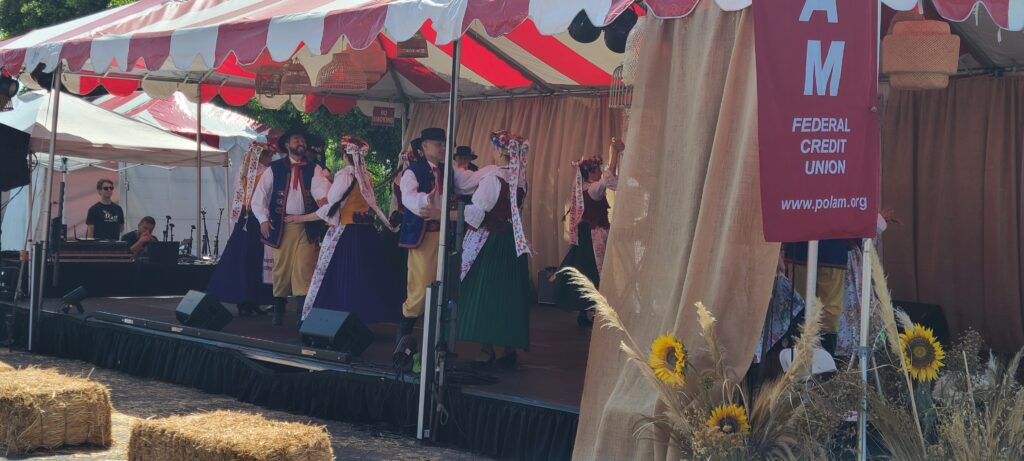
At the same time, diplomatic efforts were underway in Western Europe, where in March 1917 Dmowski handed over to the representatives of the Entente a memorial with the demand for the reconstruction of an independent Poland consisting of Galicia with Cieszyn Silesia, the Russian partition with the Kaunas, Vilnius, Volhynia and part of the Minsk governorate, as well as the Prussian partition with Gdańsk, Opole Silesia and part of Masuria.
In order to calm the growing discontent among Poles, the emperors of Germany and Austria-Hungary established the Regency Council in Warsaw on September 12, 1917 as the highest authority in the Kingdom of Poland. However, it ended there, the end of World War I was approaching and the Poles were no longer needed by the powers. During the negotiations with the Russians about the ceasefire in Brest-Litovsk, the issue of Poland was not raised, even the delegates of the Regency Council were not allowed to talk to them.Moreover, on January 1, 1918, the commander-in-chief of the Bolshevik troops, Nikolai Krylenko, ordered the dissolution of all Polish troops in Russia. As the promises were not fulfilled, it led to dissatisfaction in the ranks of Polish divisions, soldiers and Polish civilians began to leave Russia.
As the date of Poland regaining independence, we celebrate November 11, while Poland became an independent country for the first time on October 7, 1918, when the Regency Council declared independence, and five days later took over military power from the Germans. The announcement of independent Poland was one of the last acts of the role played by the Regency Council of the Kingdom of Poland, but it was particularly important as it was thanks to its activity that it was possible to create permanent foundations for the existence of the Second Polish Republic.

Independence Day celebrations in the past and today
Initially, in the years 1919–1936 military ceremonies were held in Warsaw. They were organized on the first Sunday after November 11. The regaining of independence was celebrated for the first time on November 14, 1920. On that day, Józef Piłsudski was honored as the victorious Commander-in-Chief in the Polish-Bolshevik war by handing him the marshal’s mace.
After the May coup in 1926, the celebrations of subsequent anniversaries were strictly military. In the same year, on November 8, Józef Piłsudski, as the president of the council of ministers, made this day off work for civil servants. From that time on, Józef Piłsudski was inspecting sub-units at Saski Square in Warsaw, and then picked up a parade (for the last time in 1934). In 1928, Saski Square in the capital was called Marshal Józef Piłsudski Square, and four years later the Minister of Religious Denominations and Public Education established November 11 as a day off from study. Until the outbreak of World War II, the state celebrations were held twice: in 1937 and 1938; in 1937, a monument to general Józef Sowiński was unveiled on this occasion.
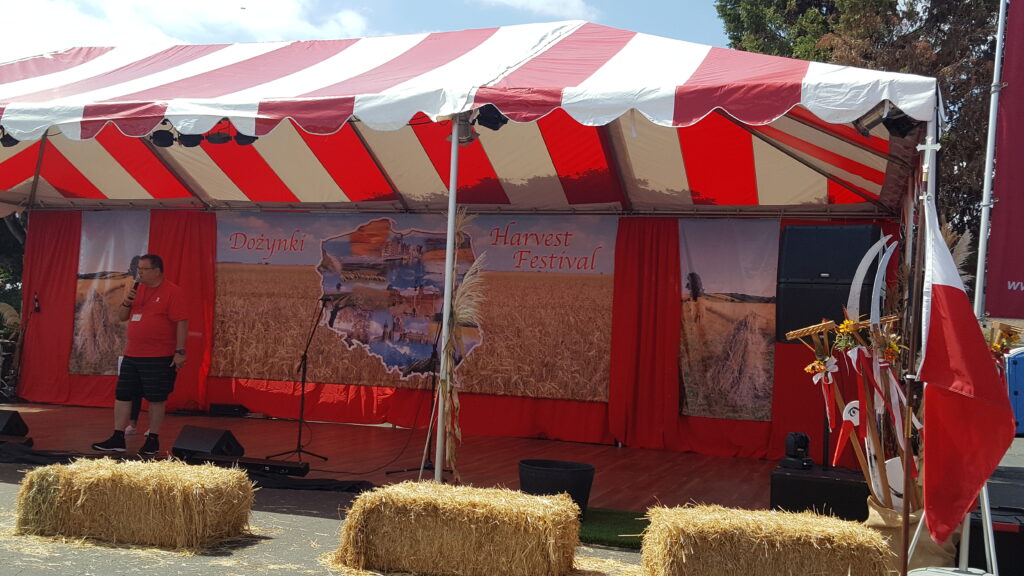
During the German occupation of 1939–1945, it was impossible to celebrate Polish public holidays. The organizers conspiratorially prepared the anniversary celebration of November 11, mainly as part of a small sabotage and were exposed to severe repressions. Nevertheless, efforts were made to maintain the memory of the Independence Day. In the days preceding November 11, posters, leaflets and inscriptions “Poland is alive”, “Poland will win”, “Poland is fighting”, “Poland has not died yet”, “11.11.1918” appeared on the walls, fences, and paving slabs, and from 1942 also the symbol of Fighting Poland. Often, monuments were decorated with white and red flowers and pennants, and in places important for the history of the Polish nation, a white and red national flag was placed. Articles reminding about the Independence Day were also published in the underground press, mainly in the “Information Bulletin” of the underground Home Army.
After the Second World War in 1945, the communist authorities established the National Day of the Rebirth of Poland, celebrated on July 22, on the anniversary of the announcement of the Manifesto of the Polish Committee of National Liberation, and at the same time abolished the Independence Day. During the People’s Republic of Poland, the celebration of the anniversary of regaining independence on November 11 was organized illegally by pro-independence circles, including Piłsudski. The organizers and participants of these celebrations were often repressed by the communist state authorities. The exception was the years 1980–1981, when the Independence Day restored its rightful place in the social consciousness due to the activity of the trade union “Solidarity”. In the 1980s, a delegation of state authorities laid a wreath in front of the Tomb of the Unknown Soldier on Independence Day. However, regardless of the state authorities, the opposition organized its own celebrations in the following years.
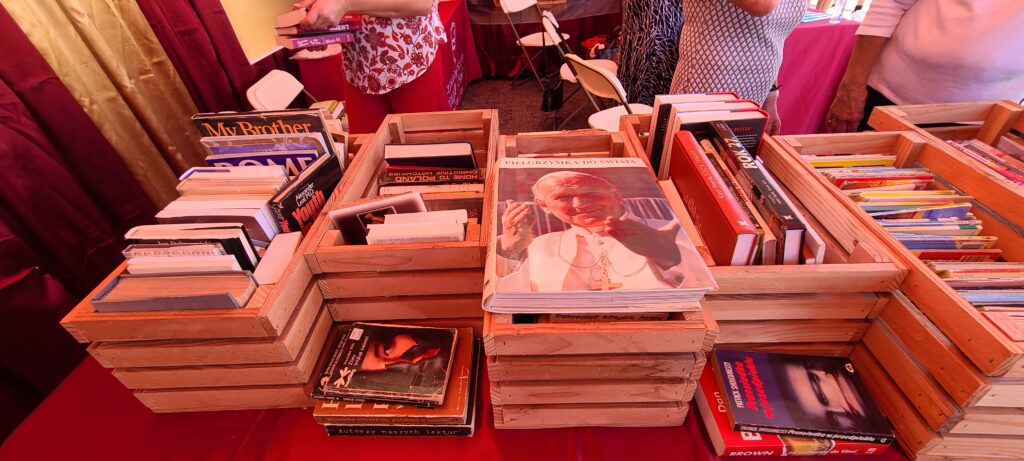
Independence Day, celebrated on November 11, was restored by the Sejm of the People’s Republic of Poland by the Act of February 15, 1989 under the name “National Independence Day”. On November 11, 1997, the Seym passed a resolution stating, among other things, that this solemn anniversary also prompts reflection on the half-century in which the freedom and democratic aspirations of Poles were suppressed by the Nazi and Soviet occupiers, and then – foreign to our tradition – the communist power subordinated to the Soviet Union. In 2018, we celebrated the 100-year anniversary of Poland regaining independence very solemnly.
Currently, the celebration of the Independence Day takes place at the Marshal’s Square. Józef Piłsudski in Warsaw, in front of the Tomb of the Unknown Soldier, with the participation of the highest state authorities. Since 1989, the Independence Run has been organized annually in Warsaw, and since 2009, the Independence Concert at the Warsaw Uprising Museum. There are also lectures and historical performances, patriotic concerts and parades such as the Independence March in Warsaw, the Patriots’ March and the Joyful Independence Parade in Wrocław, and the Independence Parade in Gdańsk.
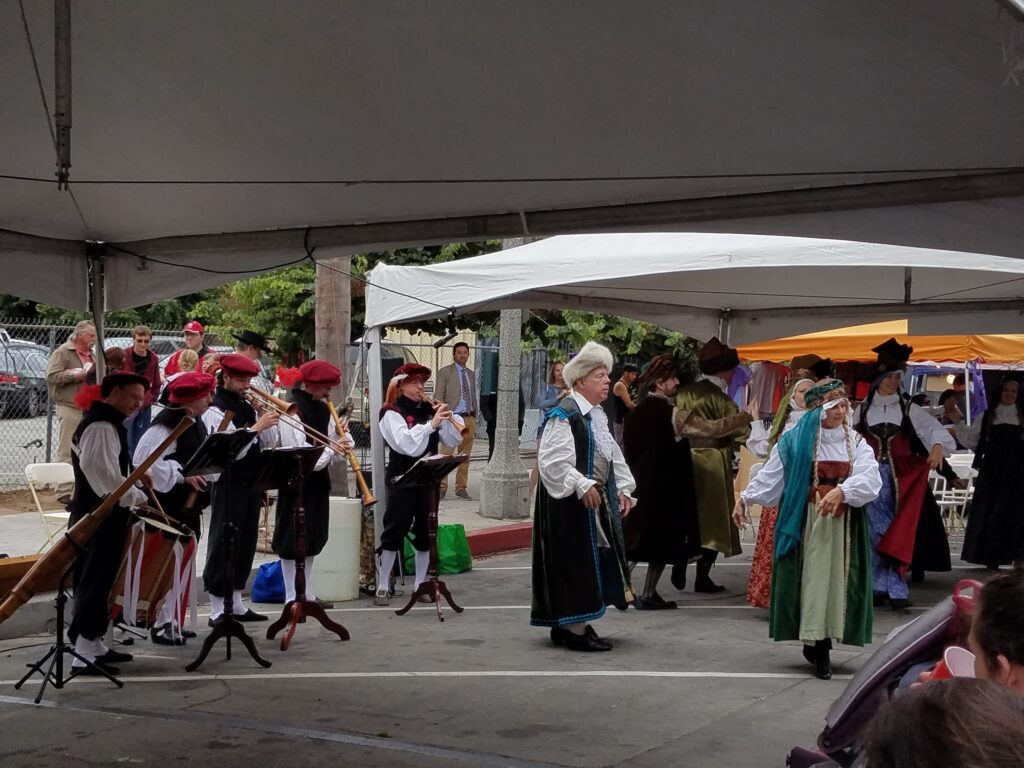
How is this holiday celebrated?
Take part in the celebrations
Be interested in what program for November 11th is in your city and where the main celebrations will take place. Many cities also organize other interesting events worth attending
Visit the Tomb of the Unknown Soldier
Light a candle to honor the fallen soldiers fighting for the independence of Poland. The Tomb of the Unknown Soldier can be found in most of the old cemeteries.
Solemn Holy Mass
Go to the garrison (military) church. Certainly there will be a solemn mass after which concerts of patriotic songs are usually organized.
Hang out the Polish flag
We are proud citizens of the Polish state. On this day (as on May 3), the Polish flag hangs on many windows and on many balconies in Poland.

“A nation that does not respect its past does not deserve the respect of the present and has no right to the future” (Józef Piłsudski)
